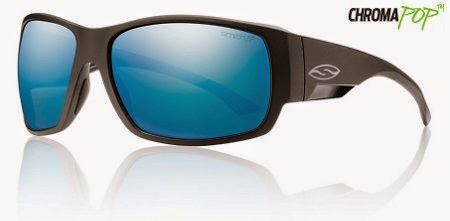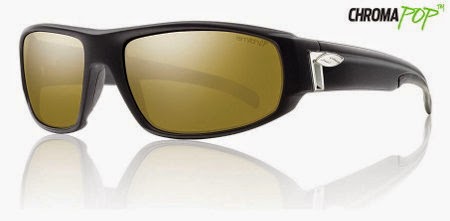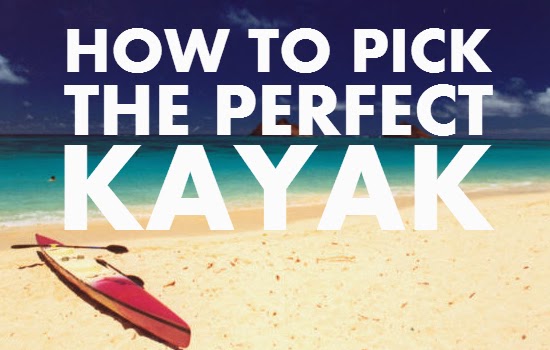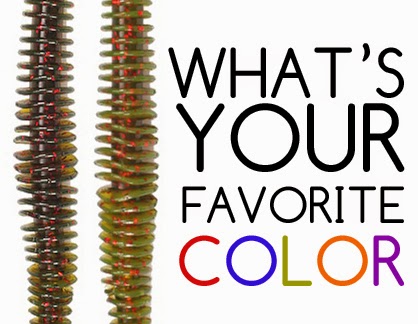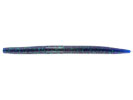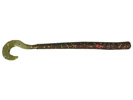Not all kayakers use boat ramps to launch but if you do there are unspoken rules you should know about. Unfortunately many who have never fished out of power boats may not have ever been introduced to boat ramp etiquette. Today, I’ll try to remedy that.
Public boat ramps can give you access where it is otherwise sparse. When this is the case, chances are you will eventually see other people. Help everyone avoid ramp rage and follow these simple rules.
Prepare Before You Back
Put as much of your gear in your kayak as possible before you get to the ramp. Lots of areas have staging zones well before the ramp. Even if they don’t, you can get ready in the back of the parking lot. Nobody likes waiting 15 minutes while you setup a flag, look for the whistle you need and worst of all tie all your lures on while on the ramp. Don’t do that! Most of us can’t do everything before the offload but the less time you take the better.Don’t Be a Ramp Hog
Lots of ramps have two lanes or more. This isn’t parking at Home Depot. Do not straddle those lanes. Learn how to back by practicing in your driveway so you are ready to ace the back in when the time comes. Once you get down there, move quickly. This is not the time for a leisurely morning stroll. Showing that you’re making an effort to hurry makes a huge difference to those waiting.Lights Off
When you do finish backing, turn your headlights off. If possible, do it on the way down. My general rule is if you are in reverse, kill the headlights.Move to the Side
If you are flying solo and need to go park the truck, you need to find a good place to stash the kayak while doing so. Off to the side is good. Still on the ramp is not. Use an anchor, brush clip or rope to secure your kayak off the ramp and go park.Quick Strap When You Load Up
Remember that staging area away from the ramp? It hasn’t moved. When you come in for the day, get your yak secured just enough to get you to the top of the hill and to the staging area. At that point you can batten down the hatches for the ride home. Don’t spend tons of time on the ramp securing Fort Knox.
Help a Brother Out
If you happen to be at the ramp at the same time as another kayaker, make sure and ask if they’d like help loading or unloading. It can speed things up for both of you in lots of cases. You’ll be a good ambassador for the sport and might make a new fishing buddy.If You’re Going to Chat…
If you are a chatty Cathy at the boat ramp, at least chat while loading/unloading. If you stop to have a conversation on the ramp, someone else may have a conversation with you too and those convos are usually not pleasant. At least make progress while exercising that gift of gab.I know these aren’t all the unspoken (and sometimes spoken) rules but these are definitely some you should know. Have additional suggestions? Let us know!









